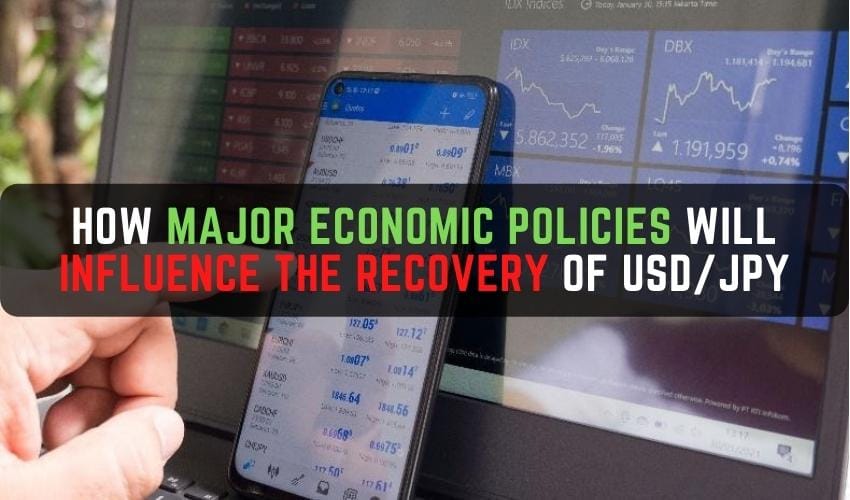All eyes will be on the Bank of Japan (BOJ) as it sets to redefine policies that might reverse the anemic inflation that the USD/JPY is facing.
In the recent past, the USD/JPY pair has been edging lower, maintaining a narrow trading range of between 109 and 111. This data reveals the worst performance the Japanese Yen has had against the US Dollar in the last 36 years. This is despite the historic association of the Japanese Yen as a safe haven for investors.
Historically, the Japanese currency is one of the most traded, mainly thanks to its liquidity that has been supported by the country’s strong trade surplus. Therefore, the recent weakening of the Yen is worrying investors who don’t know if and when it is going to recover.
Factors that led to the inflation of USD/JPY
The pandemic has been mentioned several times by economists as the leading reason for the decline in the Yen’s value against the US Dollar since June. Unlike the United States, Japan relies heavily on China for its economic strength. The tightened Chinese regulation has put the recovery of the USD/JPY in jeopardy.  If Japan continues to rely on China, economists argue that the free trading space in the US will strengthen the dollar even further.
If Japan continues to rely on China, economists argue that the free trading space in the US will strengthen the dollar even further.
What can save the Yen
There is a meeting of the BOJ that might reshape the currency pair’s dynamics.
Though unconfirmed, it is expected that the BOJ will maintain its massive stimulus program. If this is the move, then it will be different from what other major currencies’ central banks have been doing – backing away from the pandemic policies.
Inflation in Japan has been pushed to a 13-year high because of the rising costs of raw materials. The BOJ is expected to cut this year’s inflation, which could have both positive and negative effects on forex trading. The key focus of the market will be on whether or not the BOJ will issue a warning about the recent weakness of the currency. If issued, the warning could boost exports and change the currency prices.
What traders should watch
Both the USD and JPY are considered safe havens because of their stability. However, traders in the forex exchange market should watch out for the following two factors.
Restrained auto exports
There is a shortage of semiconductors, which has been affecting Japan’s automobile brands. Most of them are running below full capacity and that, in turn, affects the weight of the currency against a major currency like the US Dollar.
Global risk appetite is back
There is an increased appetite for adventure in the global markets, after the pandemic. But this increase in global risk doesn’t favor the Yen over the Dollar. This is because most investors still feel safer investing in the US than in Japan, even though both economies may not return to normal anytime soon.
Keeping these factors in mind, traders are careful about speculating anything regarding the recovery of the USD/JPY. The upcoming BOJ announcement is set to redefine this pair and guide traders.


